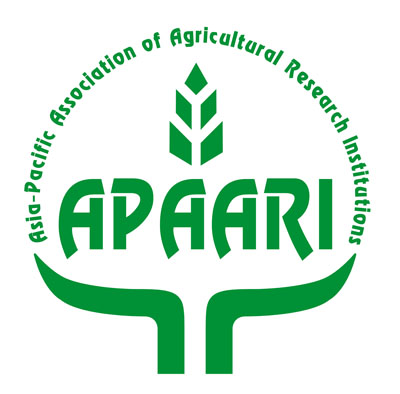One of the biggest threats out there for agriculture is plant diseases. Not only does this have a severe impact on the economy and food security of the country, but it also risks the sustenance of the farmers involved. The gravity of this situation is highlighted by the Food and Agricultural Organization of the United Nations as they remark that nearly $220 billion losses are accounted for globally due to plant diseases. There are too many horrid instances of plant diseases wreaking havoc all over the world, let us take a look at a few of them.
- Coffee rust is a fungal disease that caused an approximate $1billion loss throughout Latin and Central America, along with the Caribbean during 2012-2015.
- The year 2015 witnessed California spent nearly $239 million to save the grape industry from a fungal attack which sources powdery mildew.
- In Uganda, the withering of banana farming led to a large annual loss ranging from $200 to $295 million.
Researchers and scientists are coming up with advanced technologies that are saving crops worldwide from plant diseases. New Breeding Techniques or NBTs, including CRISPR, which is a gene-altering tool, are helping farmers worldwide to make their crops resistant to damaging conditions.
Immunity booster for plants
Plants have an in-built immune system that allows them to combat infectious diseases, fungal and bacterial attacks. However, over time, they need a booster that will revitalize their defense system to shield themselves from these foreign elements. Scientists have developed gene-editing technologies like CRISPR that will alter/remove DNA sequences from plants, which make them vulnerable to certain diseases and infections.
A science journalist, namely, Sarah Webb, explained this phenomenon in 2018. She said that pathogens in plants carry disease-bearing molecules called ‘effectors’. These effectors are usually warded off by the immune system of the plant, but often there are certain conserved DNA sequences inherent in the plant that are vulnerable to the disease. These are called susceptibility genes.
Sophien Kamoun studies at Sainsbury Laboratory, Norwich, and she remarks if the target genes from the plant are removed, the pathogen carrying effectors cannot spread the disease. CRISPR is one such technology that effectively identifies these target genes and modifies DNA to make the plant disease-resistant. Scientists are trying to use NBTs to develop disease resistance for several essential crops.
Though many of the plant diseases can be controlled using genetically modified varieties of crops, most farmers refrain from adopting them fearing the rejection of their produce by the consumers as well as the reluctance of most nations in de-regulating GMOs. Rigid guidelines and extreme restrictions regularly moderate the appearance of genetically modified crop harvests. Sometimes, these two elements can prevent disease safe crops from entering into the market and in turn accessibility of the consumers. However, there might not be any scientifically proven explanation for that.
For instance, a genetically engineered solution is the sole means to save the Cavendish banana from the dangerous Panama infection. However, it is due to the protests of the activists that the GMO variation of banana is halted from being introduced in the fields for cultivation and markets for consumption.
The citrus industry of the USA is facing a similar dilemma as the citrus greening disease caused by Diaphorina citri or the Asian citrus psyllid, a lethal disease that is destroying orange plantations across Texas, California, and Arizona. However, due to issues revolving around getting approvals for regulation and the controversial topic of genetically modified plants, this solution may yet take a long time before getting cultivated commercially.
CRISPR delivering solutions to crop diseases
CRISPR technology can offer acceptable consumer solutions for the above crops. It has already been made clear by the Government of the USA that they will not regulate gene-edited crops unless they carry DNA belonging to another species. One such crop is wheat, the world’s most regularly consumed food grain. The year 2019 recorded 726 metric tons of wheat production worldwide. Nonetheless, some deadly diseases threaten the growth of this essential food crop. Stem rust and powdery mildew are toxic for wheat. Researchers are trying to find the solution to this issue with the help of gene editing, the wheat genome to make it resistant to the diseases. Calyxt is a biotech firm based in Minnesota, and they have begun field trials on a variety of wheat that is resistant to powdery mildew.
Scientists at the University of Connecticut and Florida are using CRISPR technology for breeding oranges that are resistant to citrus greening disease. Researchers have uncovered that the citrus greening causing bacteria releases a type of protein that causes the infection in oranges. It is through gene-editing tools that this protein can be terminally suppressed.
The scientists are trying to find prospective methods of using CRISPR technology to protect the Cavendish bananas from a host of diseases. It can be achieved through editing the genomes that the crops can be made tolerant to climatic changes and diseases by withstanding stresses on the biotic as well as abiotic levels—thereby allowing the scientists to scope for improving the condition of bananas and engineer the fruit to adapt to climate change.
Reference URL – https://geneticliteracyproject.org/2020/03/16/from-hunger-to-profitable-harvest-how-gmo-crispr-edited-plants-can-help-curb-220-billion-in-annual-crop-losses/

